Home>Articles>When To Use Schedule 40 Vs 80 Electrical Conduit
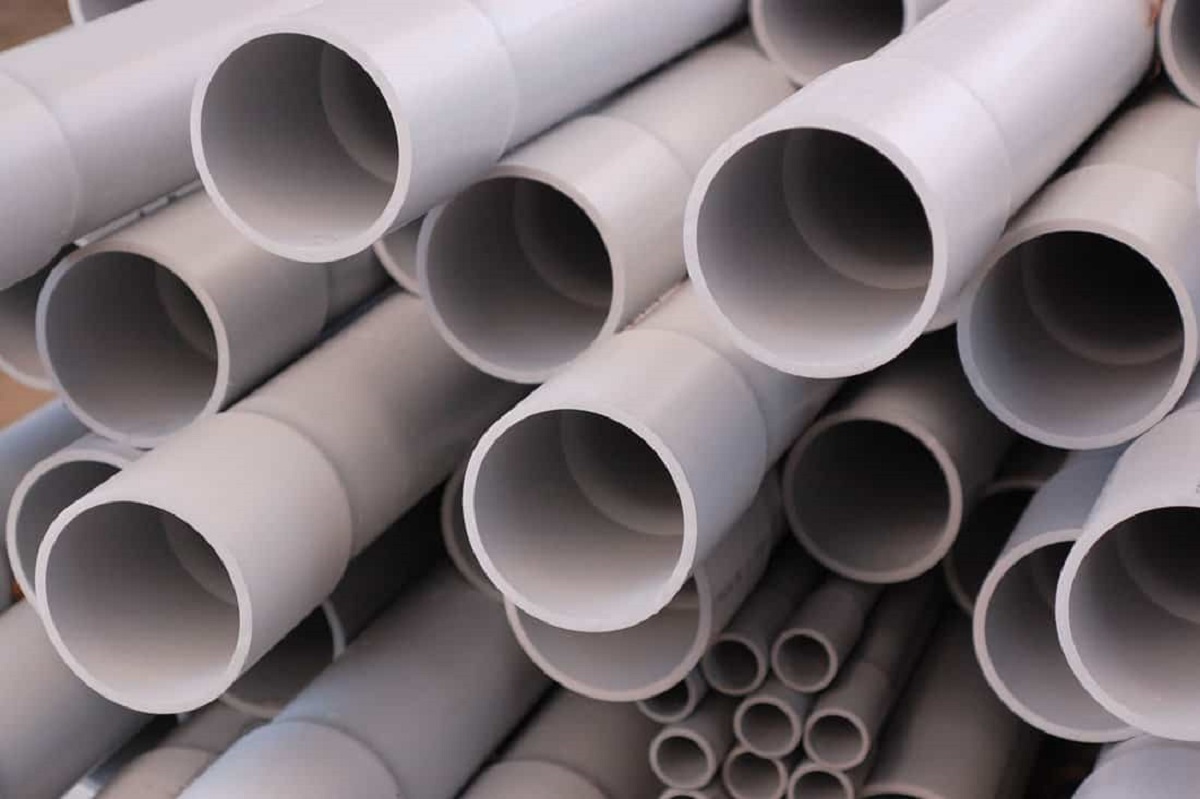

Articles
When To Use Schedule 40 Vs 80 Electrical Conduit
Modified: October 19, 2024
Learn when it's best to use schedule 40 and 80 electrical conduit with our informative articles. Make informed decisions for your electrical projects.
(Many of the links in this article redirect to a specific reviewed product. Your purchase of these products through affiliate links helps to generate commission for Storables.com, at no extra cost. Learn more)
Introduction
When it comes to electrical installations, one of the key considerations is selecting the right conduit. The conduit acts as a protective channel for electrical wires, ensuring their safety and reliability. Among the various types of electrical conduit available, two popular options are Schedule 40 and Schedule 80 electrical conduit.
In this article, we will explore the differences between Schedule 40 and Schedule 80 electrical conduit, their applications, and factors to consider when choosing between the two. By understanding the characteristics and uses of each conduit type, you can make an informed decision based on the specific requirements of your electrical project.
So, let’s delve into the world of Schedule 40 and Schedule 80 electrical conduit and discover when to use each one.
Key Takeaways:
- Schedule 40 electrical conduit is ideal for non-hazardous indoor applications, offering flexibility, cost-effectiveness, and ease of installation. It’s a great choice for residential, commercial, and data center electrical projects.
- Schedule 80 electrical conduit provides enhanced protection for outdoor, underground, and hazardous environments, with superior strength, rigidity, and durability. It’s designed to withstand extreme conditions and offers increased safety for industrial and high-pressure applications.
Read also: 9 Best Schedule 40 Conduit for 2025
Definition of Schedule 40 Electrical Conduit
Schedule 40 electrical conduit is a type of rigid metallic or non-metallic tubing that is commonly used to protect and route electrical wires in residential, commercial, and industrial applications. It is constructed with a thinner wall thickness compared to Schedule 80 conduit, making it lighter and more flexible.
This conduit is typically made of materials such as PVC (polyvinyl chloride) or steel, which provide excellent durability and resistance to corrosion. The “Schedule 40” designation refers to the thickness of the conduit’s wall, with the number indicating the pressure rating or the maximum allowable working pressure.
Schedule 40 electrical conduit is available in various sizes, ranging from ½ inch to 6 inches in diameter. It is commonly recognized by its smooth exterior surface and a wide range of compatible fittings and connectors, making it easy to install and modify according to specific electrical requirements.
This type of conduit is suitable for a wide range of applications, including residential wiring systems, telecommunications, data centers, and indoor electrical installations. It is designed for non-hazardous and non-corrosive environments and is not recommended for outdoor or areas with high levels of moisture or chemical exposure.
Schedule 40 electrical conduit offers several advantages. Its flexibility allows for easier installation in tight spaces or around obstacles, while its smooth interior surface minimizes friction and eases the pulling of electrical wires. Additionally, Schedule 40 conduit is cost-effective and readily available, making it a popular choice for many electrical projects.
Now that we have a clear understanding of Schedule 40 electrical conduit, let’s explore Schedule 80 electrical conduit in the next section.
Definition of Schedule 80 Electrical Conduit
Schedule 80 electrical conduit is a type of rigid metallic or non-metallic tubing that is specifically designed to handle higher pressure and provide enhanced protection for electrical wiring compared to Schedule 40 conduit. It has a thicker wall construction, making it stronger and more rigid.
This conduit is commonly made of materials such as PVC (polyvinyl chloride) or steel, which offer superior strength and resistance to corrosion. The “Schedule 80” designation indicates the thickness of the conduit’s wall, with the number representing the pressure rating or the maximum allowable working pressure.
Schedule 80 electrical conduit is available in various sizes, ranging from ½ inch to 6 inches in diameter. It is characterized by its thicker, sturdier exterior and is typically identifiable by its darker color compared to Schedule 40 conduit.
This type of conduit is suitable for applications that require higher protection, such as outdoor installations, underground wiring, or areas with potentially hazardous conditions. It is designed to withstand harsh environmental elements, including extreme temperatures, UV radiation, and moisture.
Schedule 80 electrical conduit offers several benefits. Its thicker walls provide increased impact resistance and protection against physical damage, making it ideal for areas where the conduit may be exposed to heavy machinery or potential impact. Additionally, Schedule 80 conduit has superior fire-retardant properties compared to Schedule 40, offering an extra layer of safety.
Despite its sturdier construction, Schedule 80 electrical conduit can be relatively challenging to install compared to Schedule 40 conduit due to its reduced flexibility. Proper planning, precision cutting, and the use of specialized connectors may be required during installation.
Now that we have a clear understanding of Schedule 80 electrical conduit, let’s explore the differences between Schedule 40 and Schedule 80 in the next section.
Differences between Schedule 40 and Schedule 80 Electrical Conduit
While both Schedule 40 and Schedule 80 electrical conduit serve the purpose of protecting electrical wires, they differ in several key aspects. Understanding the differences between these two conduit types will help you choose the most appropriate option for your specific electrical project. Here are the main differences:
- Wall Thickness: The most significant difference between Schedule 40 and Schedule 80 electrical conduit lies in their wall thickness. Schedule 40 conduit has a thinner wall construction compared to Schedule 80. This has an impact on factors such as flexibility, strength, and pressure rating.
- Strength and Rigidity: Due to its thicker walls, Schedule 80 conduit offers increased strength and rigidity compared to Schedule 40. This makes it more suitable for applications that require heightened protection or are exposed to potential physical damage.
- Pressure Rating: The thick walls of Schedule 80 conduit allow it to handle higher pressure levels compared to Schedule 40. This makes Schedule 80 conduit a better choice for applications where higher pressure or fluid-filled conduits are involved.
- Flexibility: Schedule 40 conduit, with its thinner walls, is more flexible and easier to maneuver during installation compared to Schedule 80. This makes it suitable for installations in tight spaces or around obstacles.
- Cost: Generally, Schedule 40 conduit is more cost-effective compared to Schedule 80. The thinner walls of Schedule 40 reduce material costs, making it a budget-friendly option for many electrical projects.
- Applications: Schedule 40 conduit is commonly used in residential wiring systems, commercial buildings, and indoor installations. It is ideal for non-hazardous environments and areas with minimal exposure to moisture or chemicals. On the other hand, Schedule 80 conduit is preferred for outdoor installations, underground wiring, areas with potential hazards, and locations where the conduit may be exposed to extreme conditions.
When selecting between Schedule 40 and Schedule 80 electrical conduit, it’s essential to consider factors such as the specific requirements of your project, the level of protection needed, the presence of potential hazards, and budget constraints. By evaluating these factors, you can make an informed decision and ensure the suitability and longevity of your electrical installation.
Next, let’s explore the applications and uses of Schedule 40 and Schedule 80 electrical conduit in more detail.
Schedule 40 electrical conduit is suitable for most residential and light commercial applications, while schedule 80 is better for areas where the conduit may be exposed to physical damage or chemical exposure.
Applications and Uses of Schedule 40 Electrical Conduit
Schedule 40 electrical conduit finds a wide range of applications due to its flexibility, durability, and cost-effectiveness. Here are some common uses of Schedule 40 electrical conduit:
- Residential Wiring Systems: Schedule 40 conduit is commonly used in residential buildings for routing electrical wires from the main panel to various outlets, fixtures, and appliances. It provides protection and organizes the wiring, ensuring a safe and reliable electrical system.
- Commercial Buildings: From offices to retail spaces and restaurants, Schedule 40 conduit is utilized in various commercial buildings for electrical installations. It allows for the efficient routing of electrical wiring, ensuring compliance with building codes and regulations.
- Indoor Installations: Schedule 40 conduit is suitable for indoor installations, including in wall cavities, ceilings, and under floors. Its flexibility makes it easier to navigate through tight spaces and around corners, providing a clean and organized wiring system.
- Telecommunications: In telecommunications systems, Schedule 40 conduit is used to protect and route data cables and fiber optics. It helps maintain signal integrity and protects sensitive wiring from potential damage or interference.
- Data Centers: Schedule 40 conduit is widely used in data centers to manage the extensive network of cables. It provides a structured and organized layout, effectively protecting the data cables and ensuring uninterrupted connectivity.
- Lighting Systems and Control Wiring: Whether it’s for residential or commercial lighting systems, Schedule 40 conduit is often utilized to protect and route the electrical wires. It is also commonly used for control wiring, such as for switches, relays, and dimmers.
It’s important to note that Schedule 40 electrical conduit is not recommended for outdoor installations or areas with high levels of moisture or chemical exposure. In such cases, Schedule 80 conduit should be considered for enhanced protection and durability.
Now that we’ve explored the applications and uses of Schedule 40 electrical conduit let’s move on to the applications of Schedule 80 electrical conduit.
Read more: When To Use Conduit For Electrical Wiring
Applications and Uses of Schedule 80 Electrical Conduit
Schedule 80 electrical conduit is designed to provide enhanced protection and durability, making it suitable for a variety of applications in more demanding environments. Here are some common uses of Schedule 80 electrical conduit:
- Outdoor Installations: Schedule 80 conduit is commonly used for outdoor electrical installations. It is designed to withstand exposure to harsh environmental elements such as extreme temperatures, UV radiation, and moisture. This makes it an ideal choice for applications like outdoor lighting systems, landscape wiring, and electrical installations in industrial or commercial outdoor areas.
- Underground Wiring: Due to its superior strength and resistance, Schedule 80 conduit is often used for underground electrical wiring. It provides protection against external forces and provides a secure pathway for wiring in areas such as driveways, parking lots, and underground utility installations.
- Hazardous Environments: Areas with potential hazards, such as chemical plants, refineries, or manufacturing facilities, require additional protection for electrical wiring. Schedule 80 conduit is chosen for such environments due to its ability to withstand potential impacts, extreme conditions, and exposure to corrosive substances.
- High-Pressure Applications: Schedule 80 electrical conduit is designed to handle higher pressure levels compared to Schedule 40. This makes it suitable for applications involving compressed air systems, hydraulic systems, or other fluid-filled conduits. It ensures the safety and integrity of the system by preventing leaks or ruptures.
- Industrial Settings: Schedule 80 conduit is utilized in industrial settings where electrical installations are subject to heavy machinery, vibrations, or potential impacts. It provides robust protection for wiring systems in manufacturing plants, power plants, and industrial facilities.
- Chemical and Corrosive Environments: Schedule 80 conduit is highly resistant to corrosion, making it ideal for areas where exposure to corrosive substances is a concern. It is widely used in chemical processing facilities, wastewater treatment plants, and marine installations.
It’s important to consider the specific requirements of your project, the environmental conditions, and the level of protection needed when choosing Schedule 80 electrical conduit. While it offers superior strength and durability, it is less flexible and may require specialized connectors or fittings during installation.
Now that we’ve explored the applications and uses of Schedule 80 electrical conduit, let’s move on to the factors to consider when choosing between Schedule 40 and Schedule 80.
Factors to Consider when Choosing between Schedule 40 and Schedule 80 Electrical Conduit
Choosing between Schedule 40 and Schedule 80 electrical conduit for your project requires careful consideration of various factors. Here are the key factors to keep in mind when making your decision:
- Application: Consider the specific application and environment where the conduit will be installed. Schedule 40 conduit is suitable for non-hazardous indoor installations, while Schedule 80 conduit is ideal for outdoor, underground, or hazardous environments.
- Protection Requirements: Evaluate the level of protection needed for your electrical wiring. Schedule 80 conduit offers enhanced strength, rigidity, and durability, making it better suited for areas prone to physical damage or exposure to extreme conditions.
- Pressure Ratings: If your project involves applications with high pressure or fluid-filled conduits, such as compressed air or hydraulic systems, consider choosing Schedule 80 conduit for its higher pressure rating capability.
- Flexibility: Assess the flexibility requirements of your installation. Schedule 40 conduit, with its thinner walls, is more flexible and easier to maneuver in tight spaces. On the other hand, Schedule 80 conduit is less flexible due to its thicker walls.
- Cost: Consider your budget constraints. In general, Schedule 40 conduit is more cost-effective compared to Schedule 80 due to its thinner walls. If the level of protection provided by Schedule 40 meets your project requirements, it may be the more economical choice.
- Availability: Ensure that the chosen conduit type is readily available in the required sizes and materials for your project. Schedule 40 conduit has wider availability compared to Schedule 80 in many markets.
- Compliance with Codes and Regulations: Check local electrical codes and regulations to ensure compliance with conduit requirements. Some applications may have specific code requirements for conduit type and installation methods.
By carefully considering these factors, you can determine whether Schedule 40 or Schedule 80 electrical conduit best meets your project’s specific needs. It’s important to prioritize safety, durability, and code compliance to ensure a reliable and long-lasting electrical installation.
Now that we have discussed the factors to consider when choosing between Schedule 40 and Schedule 80 electrical conduit, let’s conclude our article.
Conclusion
Choosing the right electrical conduit is crucial for ensuring the safety, reliability, and longevity of your electrical installations. Both Schedule 40 and Schedule 80 electrical conduit have their unique characteristics and applications that make them suitable for different scenarios.
Schedule 40 electrical conduit, with its thinner walls and flexibility, is commonly used for residential and non-hazardous indoor applications. It offers cost-effectiveness, ease of installation, and compatibility with a wide range of fittings and connectors.
Schedule 80 electrical conduit, with its thicker walls and increased strength, is ideal for outdoor installations, underground wiring, and hazardous environments. It provides enhanced protection against physical damage, extreme conditions, and exposure to corrosive substances.
When choosing between Schedule 40 and Schedule 80 electrical conduit, it is important to consider factors such as the specific application, protection requirements, pressure ratings, flexibility needs, budget constraints, and compliance with codes and regulations. By carefully evaluating these factors, you can make an informed decision that aligns with the unique requirements of your electrical project.
Remember, safety should be the top priority in electrical installations. Always consult with professionals or experts when in doubt about the appropriate conduit type and installation methods for your specific project.
In conclusion, both Schedule 40 and Schedule 80 electrical conduit have their place and purpose in electrical installations. By understanding their differences and applications, you can confidently choose the right conduit to ensure the success and reliability of your electrical projects.
Thank you for exploring the world of Schedule 40 and Schedule 80 electrical conduit with us. We hope this article has provided you with valuable insights and guidance for your future electrical endeavors.
Frequently Asked Questions about When To Use Schedule 40 Vs 80 Electrical Conduit
Was this page helpful?
At Storables.com, we guarantee accurate and reliable information. Our content, validated by Expert Board Contributors, is crafted following stringent Editorial Policies. We're committed to providing you with well-researched, expert-backed insights for all your informational needs.
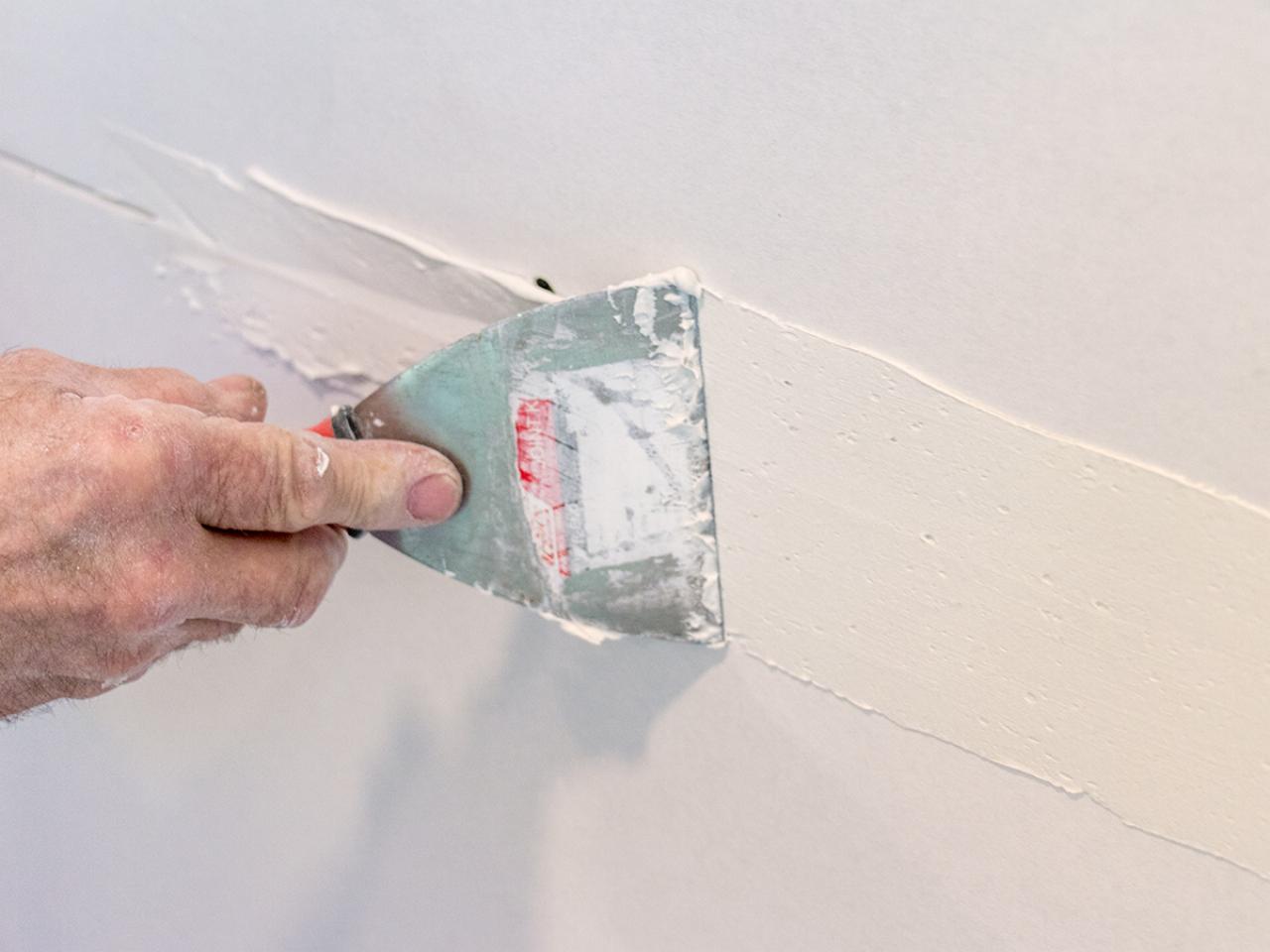
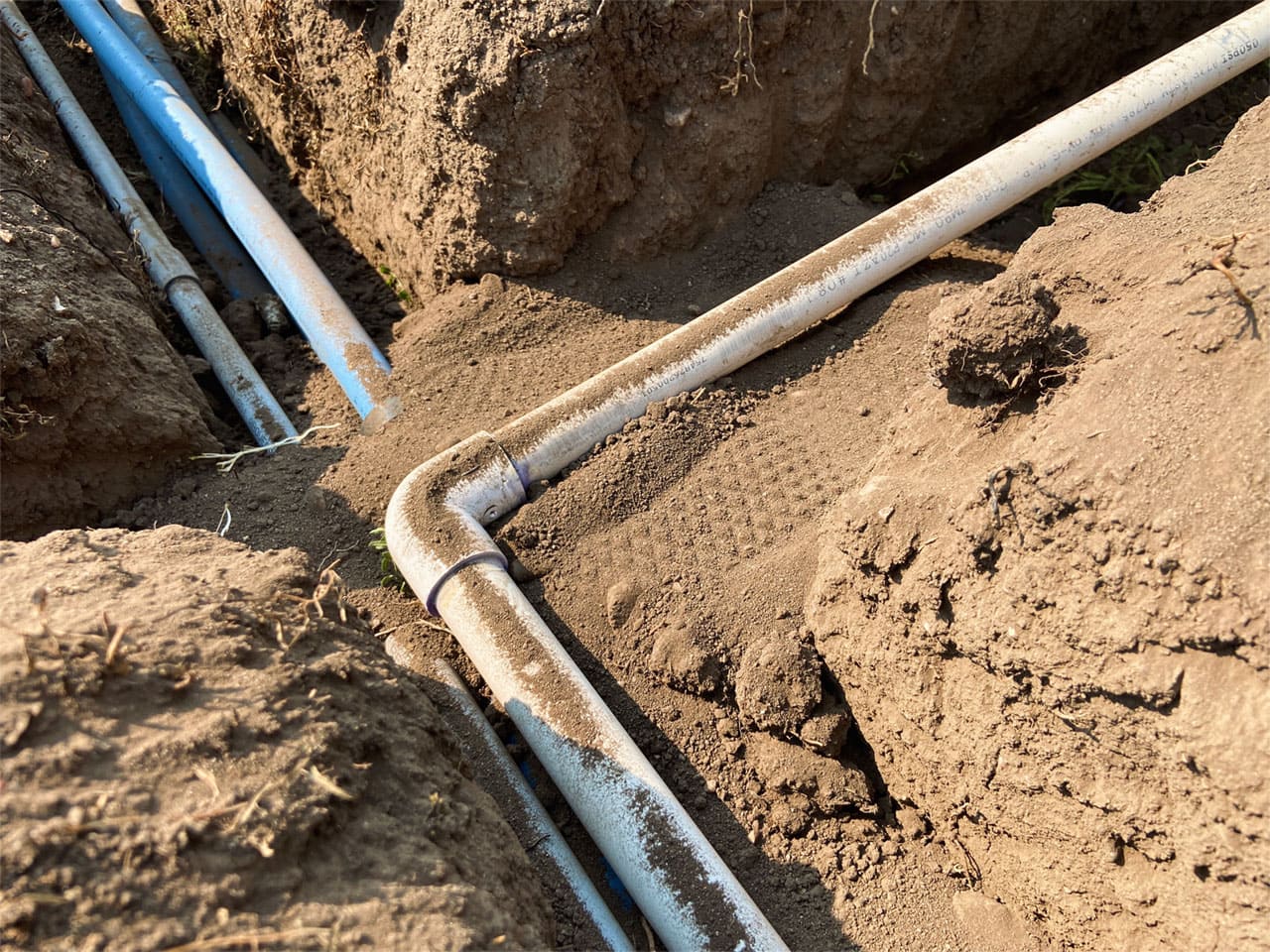

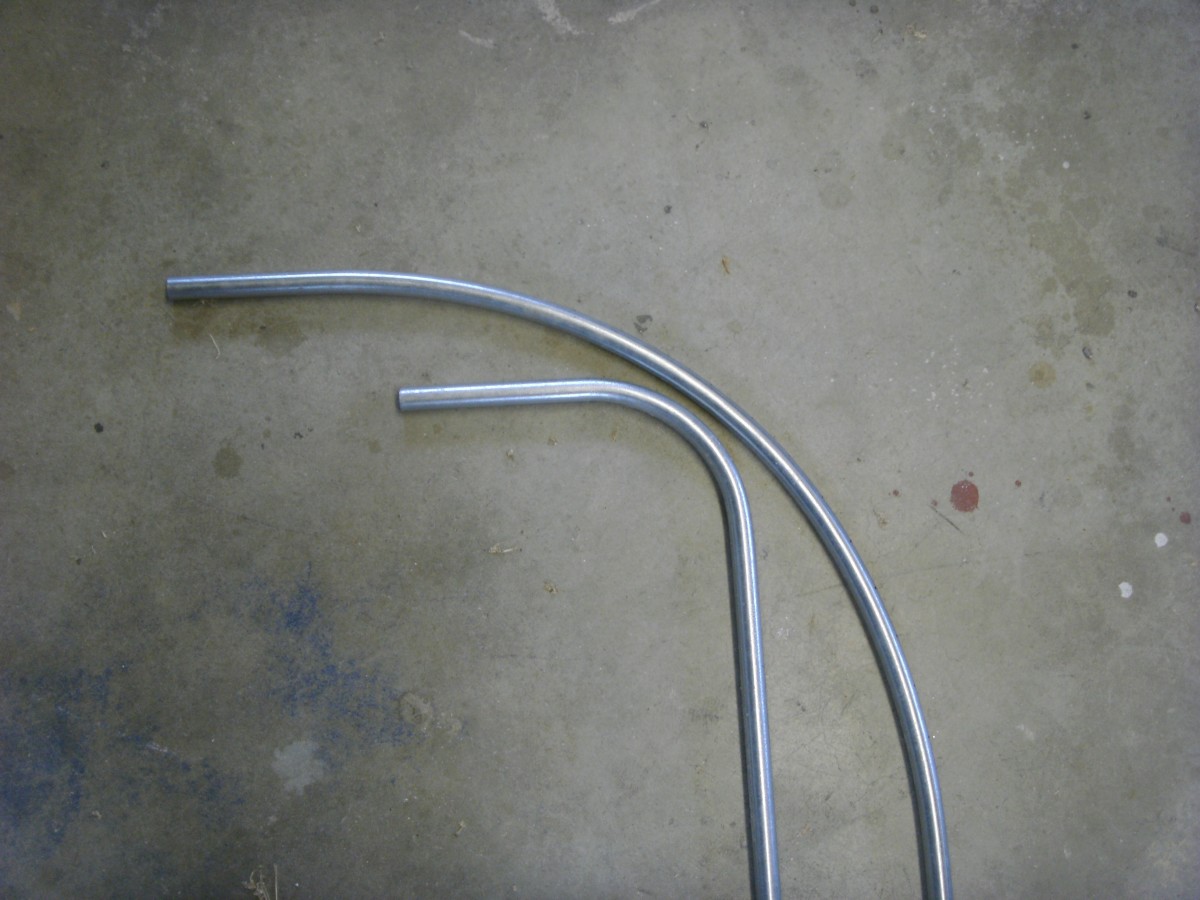
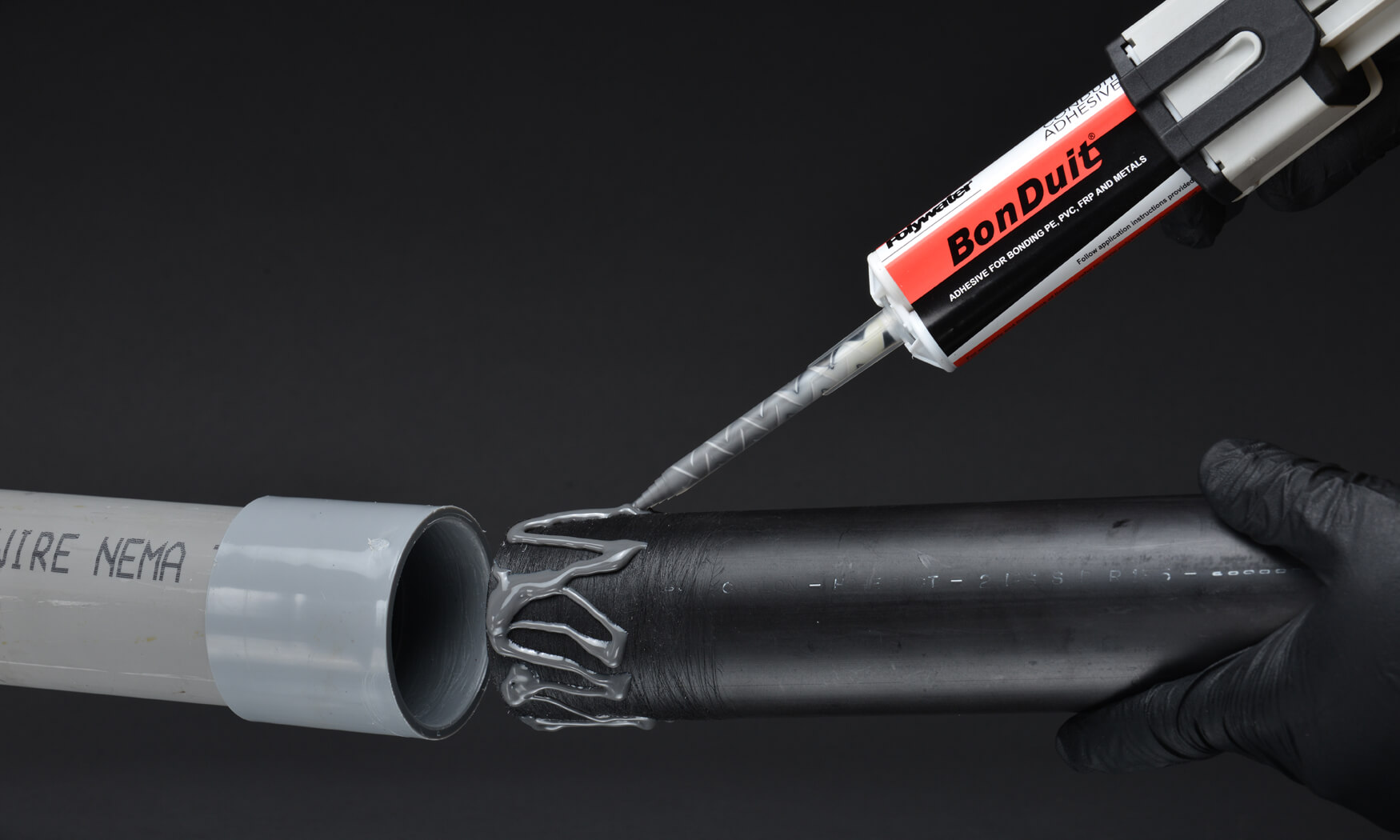
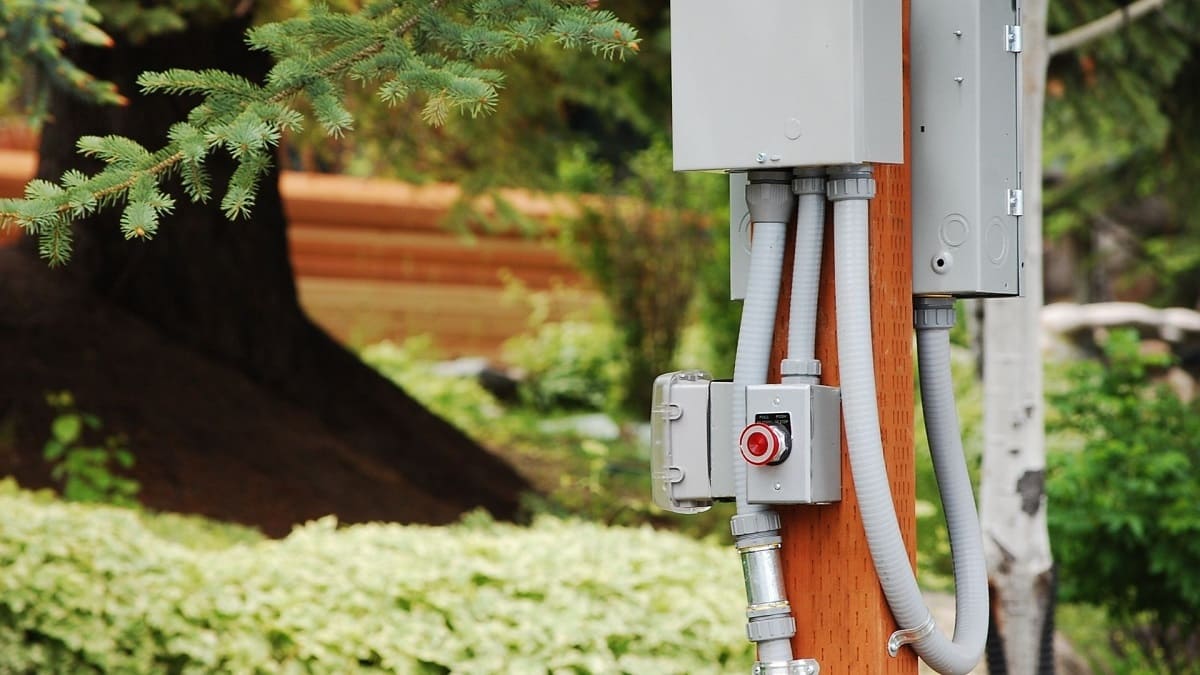
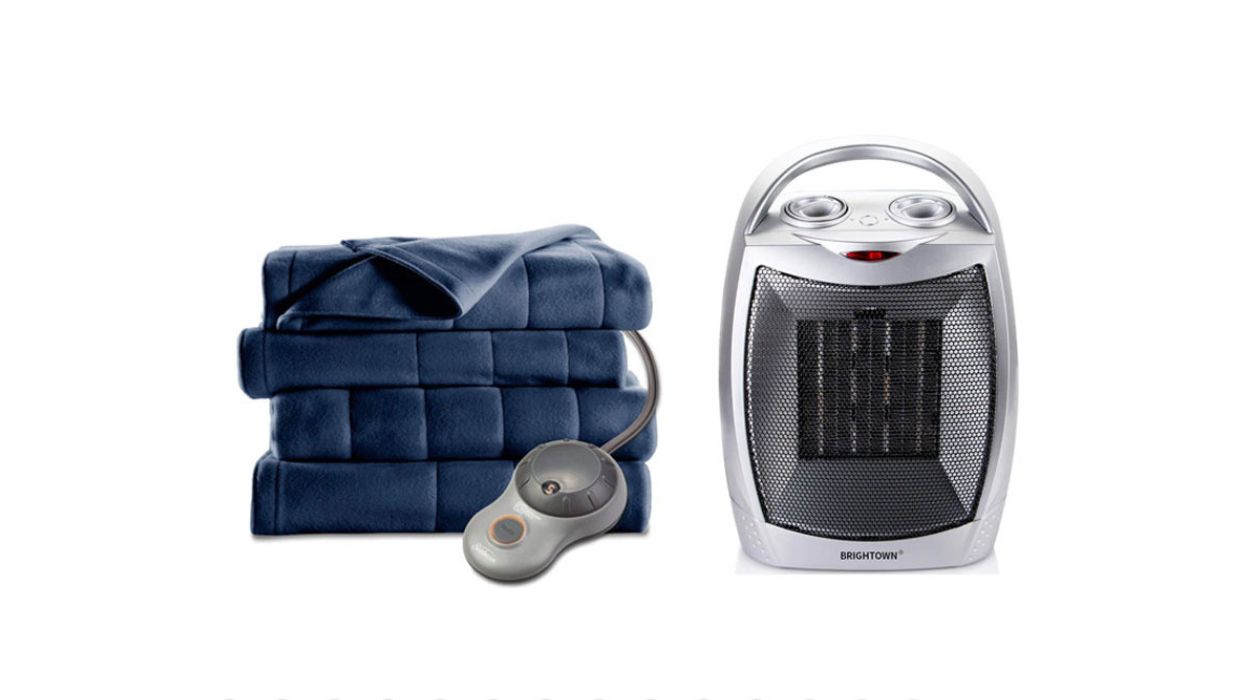
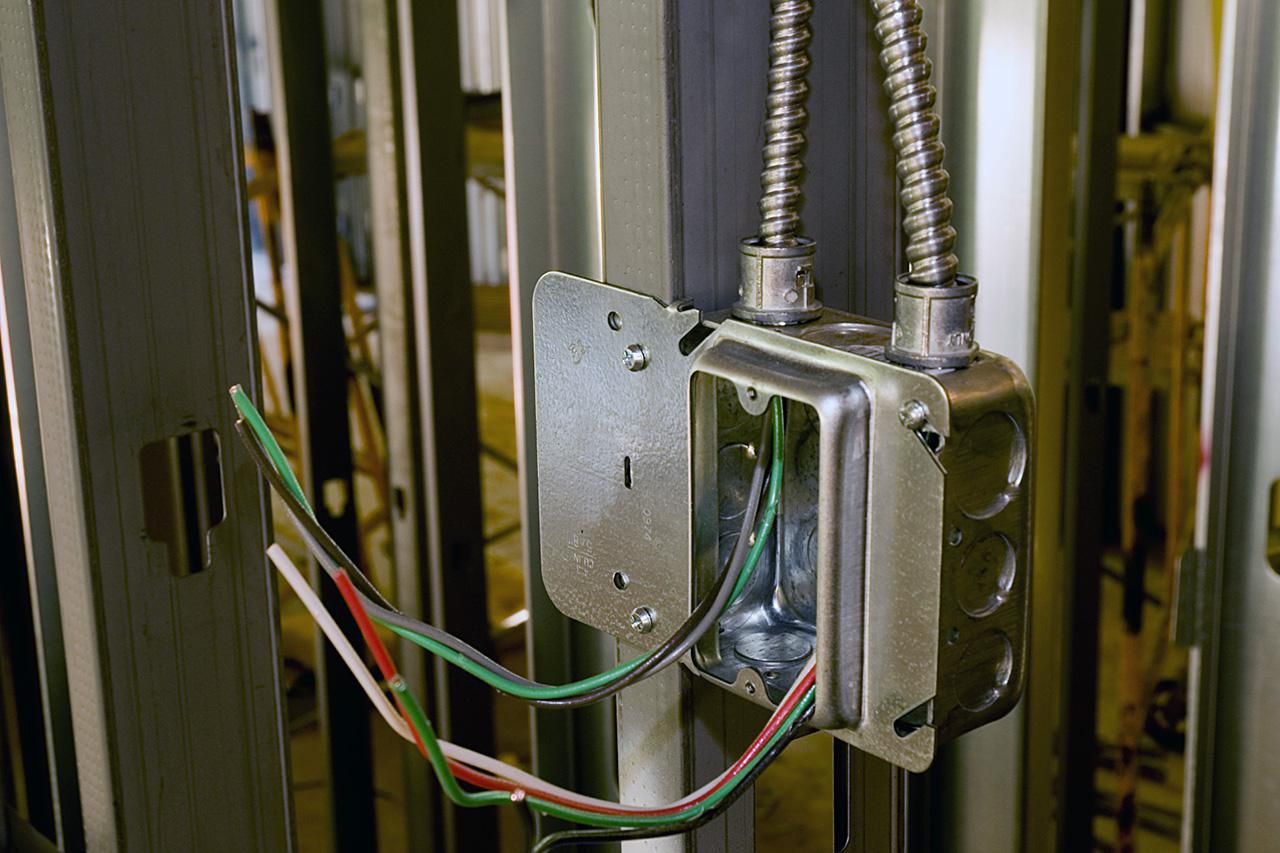
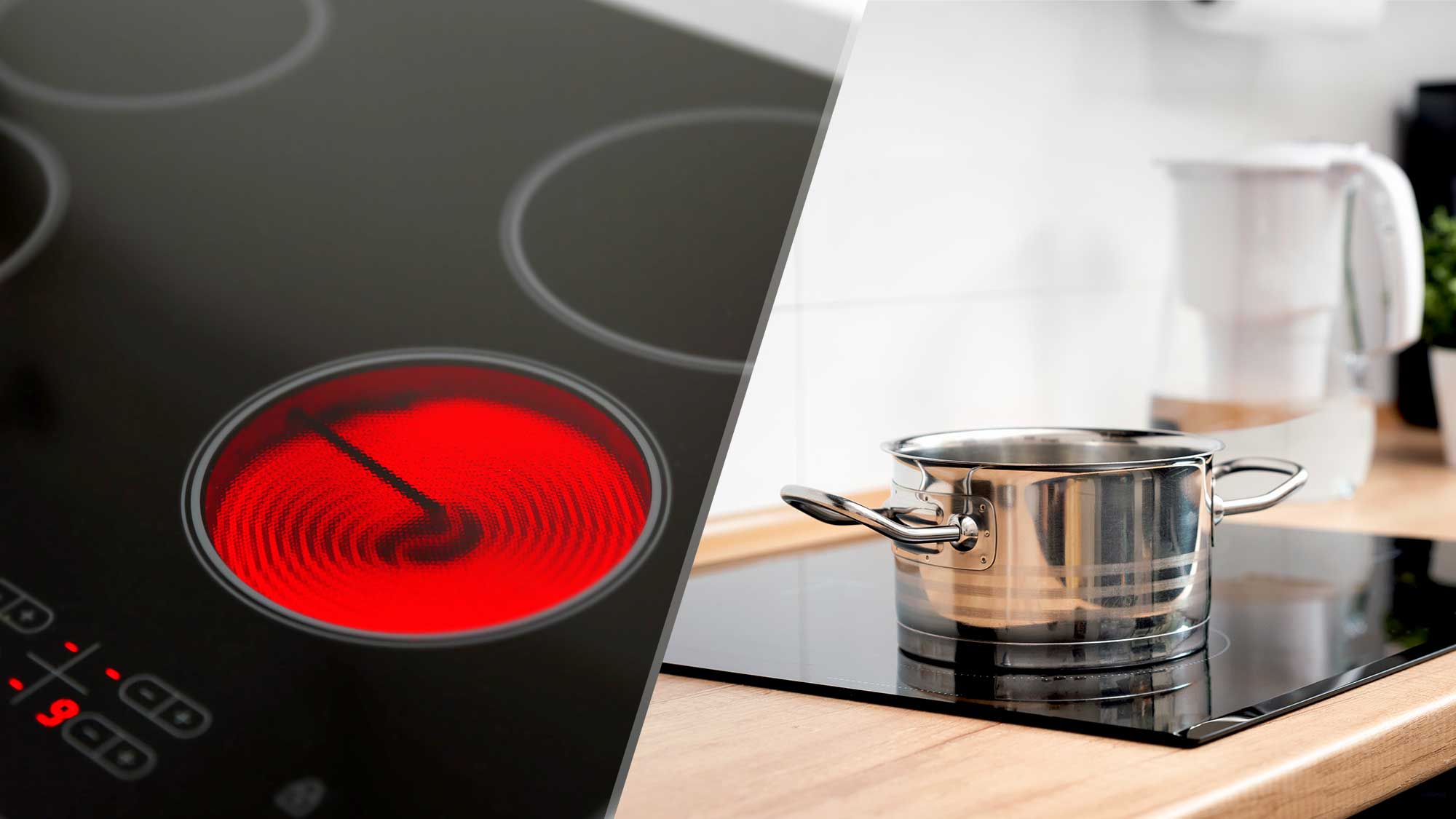
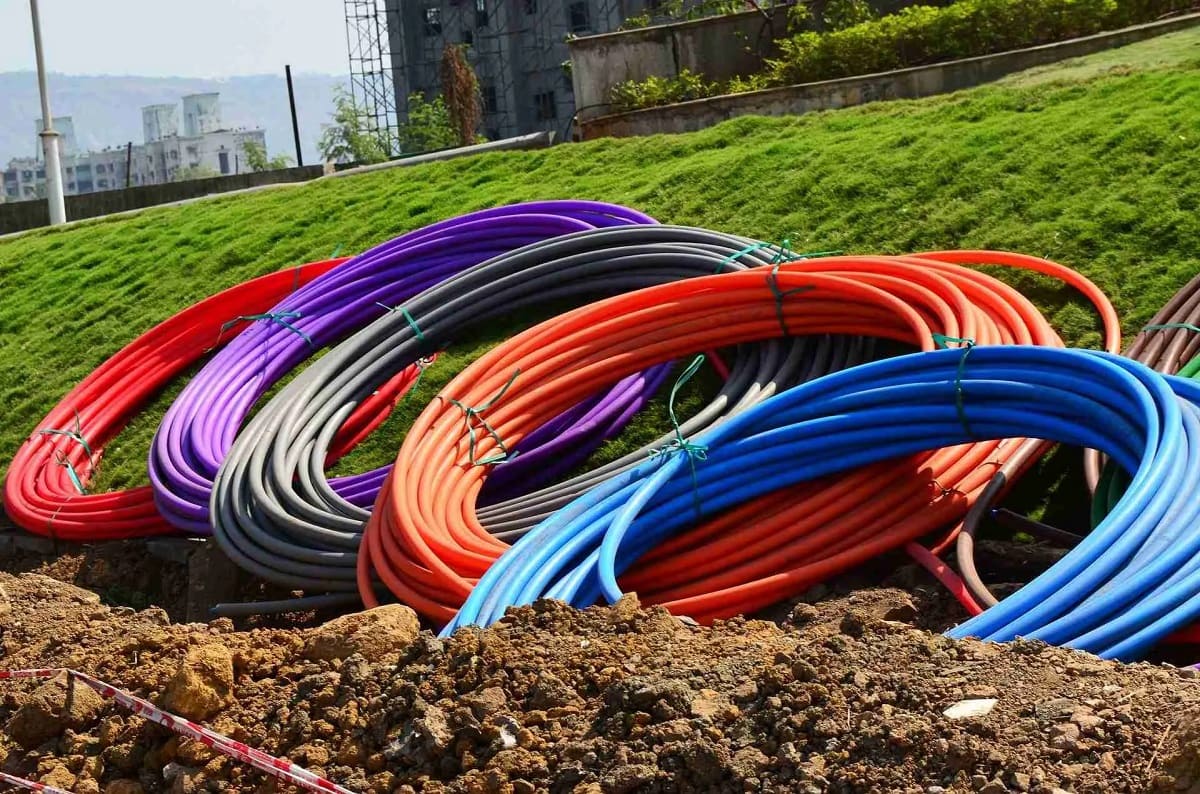
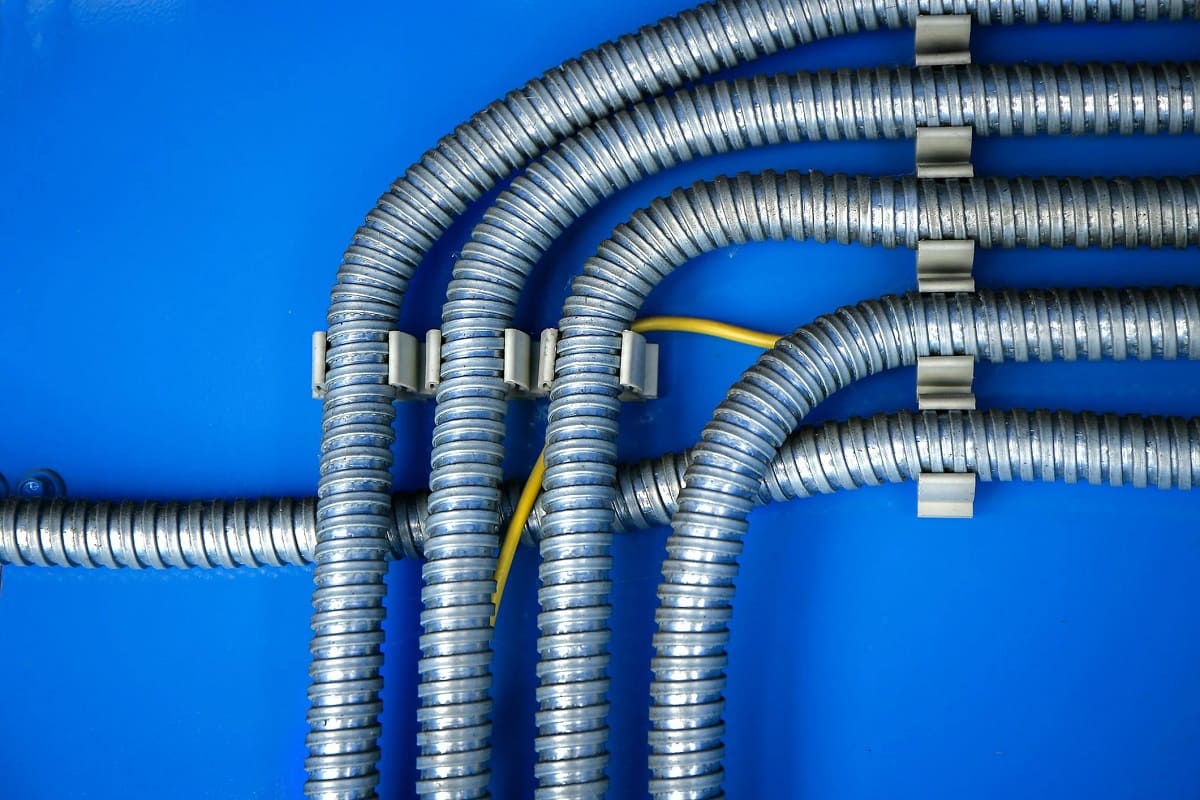
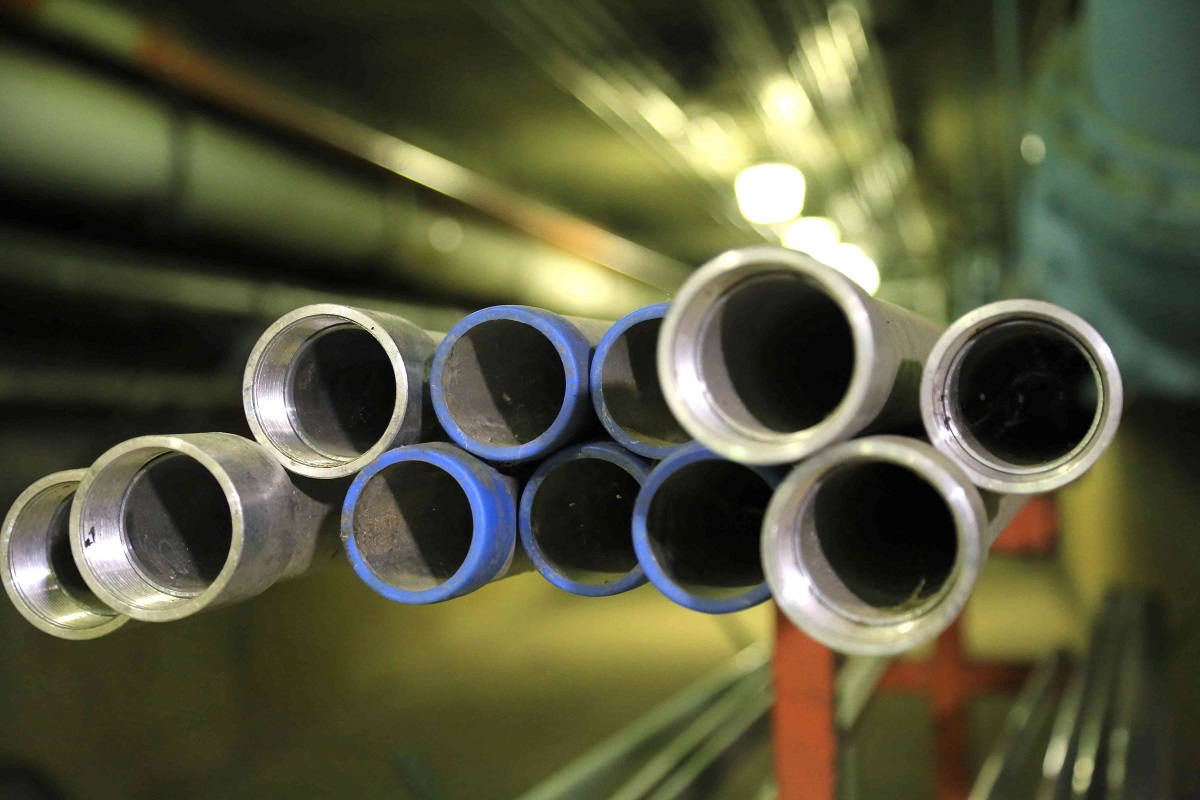
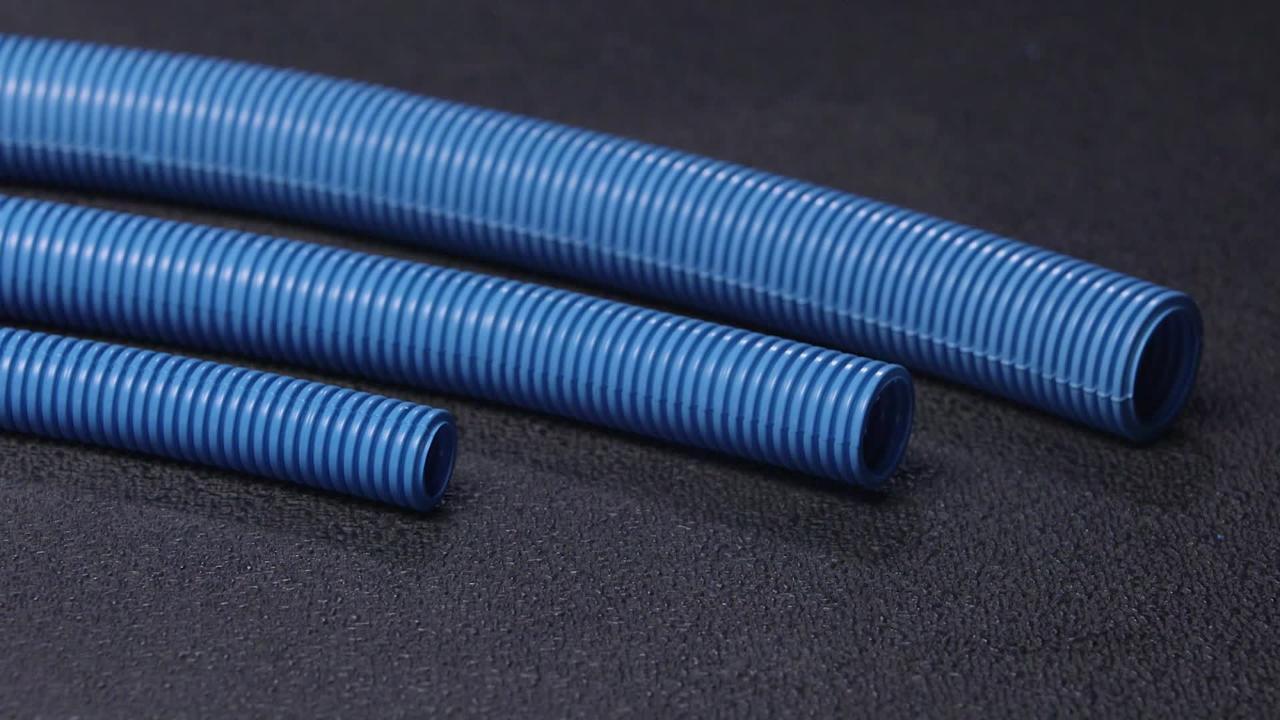
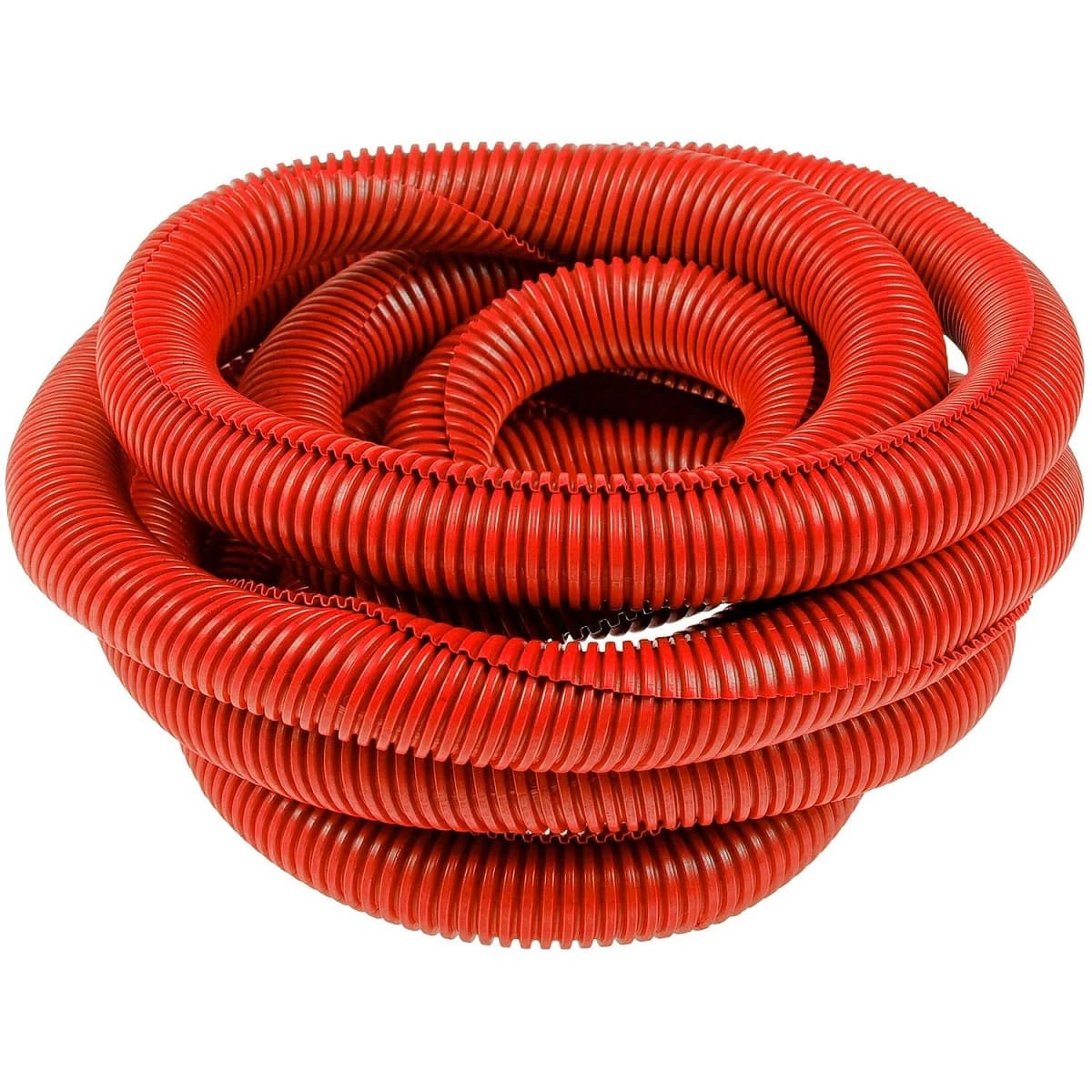

0 thoughts on “When To Use Schedule 40 Vs 80 Electrical Conduit”